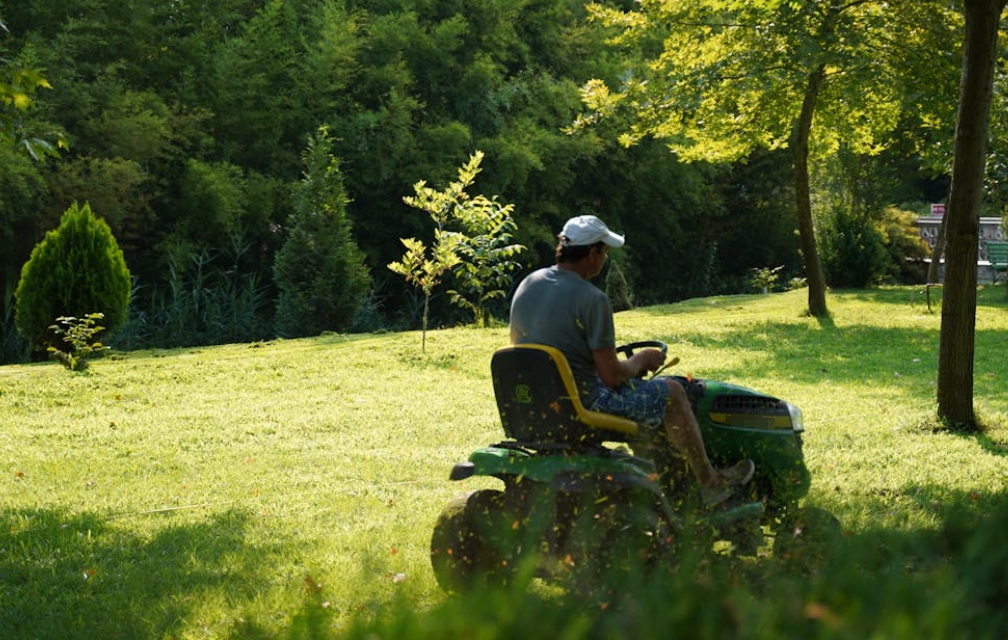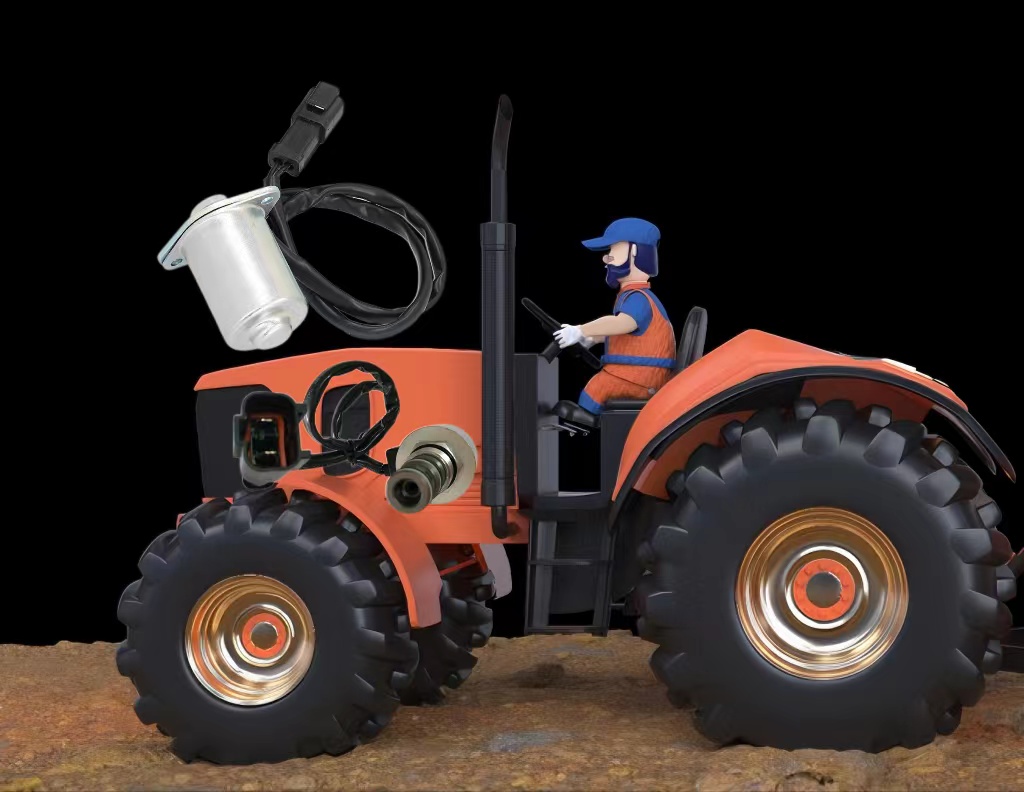When it comes to winter maintenance of an outboard motor, the most important things are to prevent freezing, rust, and corrosion. This ensures that the motor remains in good condition during the months of inactivity. Also, it can be ready for optimal performance when temperatures warm up. This winter outboard motor maintenance guide can help you know the maintenance well, along with precautions.
Winter outboard motor maintenance aspects
To maintain an outboard motor in winter, it is important to focus on the following areas:
Freeze Prevention
In cold winter climates, the motor’s cooling system needs anti-freeze measures. Use a proper ratio of anti-freeze mixed with the coolant to ensure the cooling system functions properly in low temperatures.
Rust Prevention
The motor’s cooling system and other metal components may be susceptible to rust. Use appropriate anti-rust agents or coolant additives to protect the metal parts in the cooling system, extending their lifespan.
Leak Prevention
Inspect the motor’s seals, such as gaskets, pipe connections, and oil seals in the cooling system, to ensure they are not worn or damaged. Repair or replace any identified leakage points to prevent liquid or oil leaks.
Plus, there are other important aspects of winter outboard motor maintenance, such as proper lubrication, inspection and maintenance of the electrical system, and storage and protection measures.
How to prevent seawater corrosion and damage from cold starts?
To prevent or delay seawater corrosion and damage from cold starts, it is recommended to flush the engine’s water passages with fresh water promptly after each use. This can effectively prevent engine corrosion and prolong its lifespan. 90% of engine wear occurs during cold starts. This is because during long periods of inactivity, engine oil flows back into the oil sump, resulting in insufficient lubrication in the cylinders during cold starts, leading to wear.
Suppose the motor needs to be stored for a long time, before storage. In that case, you can inject approximately 30ml of oil into the combustion chamber through the spark plug hole and slowly turn the crankshaft for at least one week to ensure sufficient oil lubrication and protection between the piston rings and cylinder walls, reducing the risk of sticking and minimizing wear and tear during subsequent starts.
How often should the gear case lubricant be replaced in winter?
Both gear and engine oil should be changed simultaneously for outboard motors. The recommended maintenance interval for conventional outboard motors is every 1 year or every 100 hours of use. If the operating environment is harsh, the maintenance interval should be appropriately shortened.
What precautions should be taken when changing lubricating oil in winter?
If the motor needs to be stored for winter, it is important to change the engine oil and gear oil before storage. If the motor will continue to be used during winter, attention should be paid to whether the oil specifications are suitable for low-temperature environments.
Do you need to reduce the concentration of the engine oil in winter?
Yes, winter engines generally require lower viscosity oil that meets the oil specifications for cold weather conditions. It is recommended to change the oil in advance to ensure good flow and lubrication effectiveness during cold starts.
Conclusion
Don’t overlook winter maintenance as it is crucial for the optimal performance of your outboard motor. This comprehensive outboard motor maintenance guide will be of great help to you. If you are looking for marine outboard parts, welcome to find them at FridayParts.com.







Leave A Comment